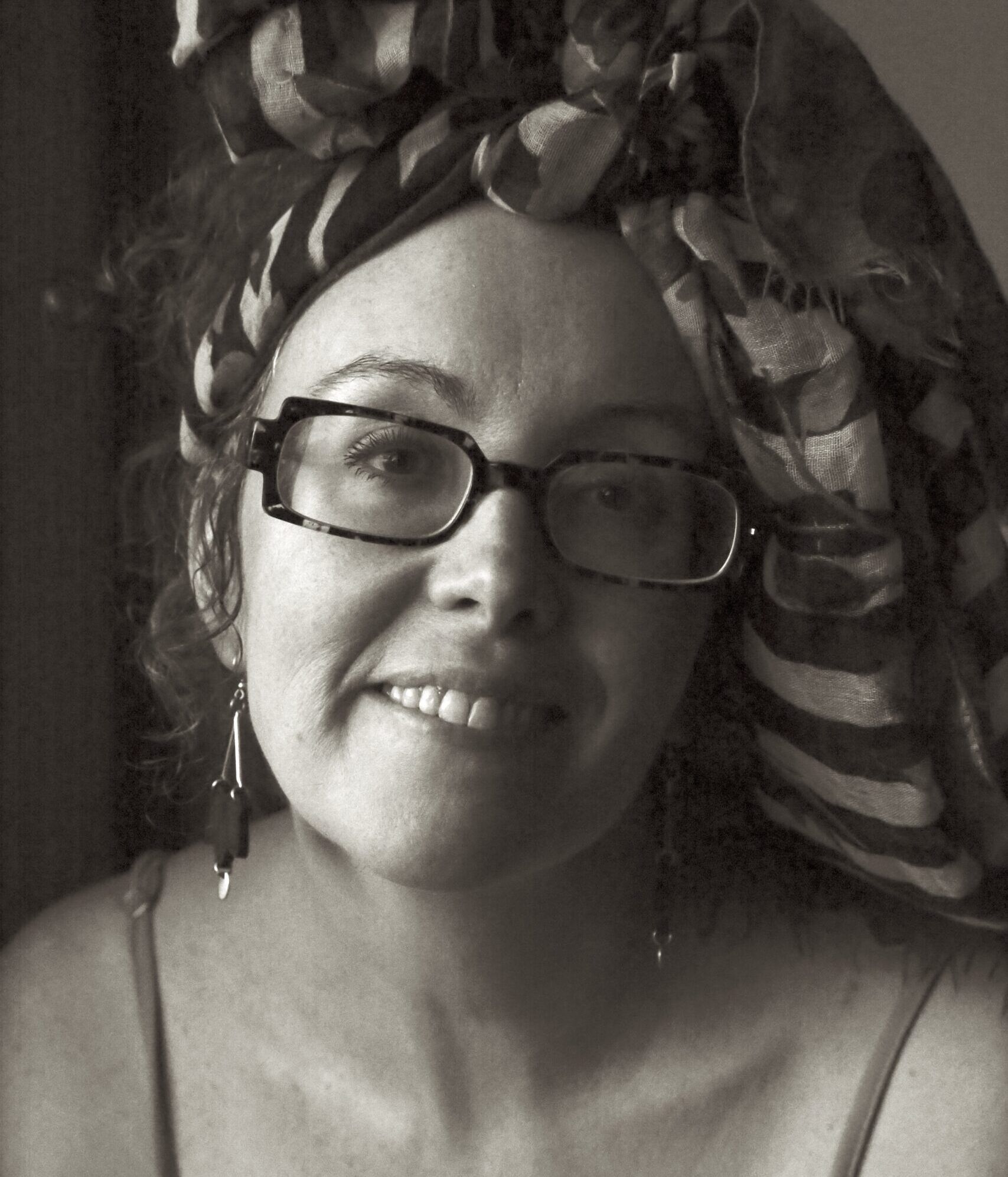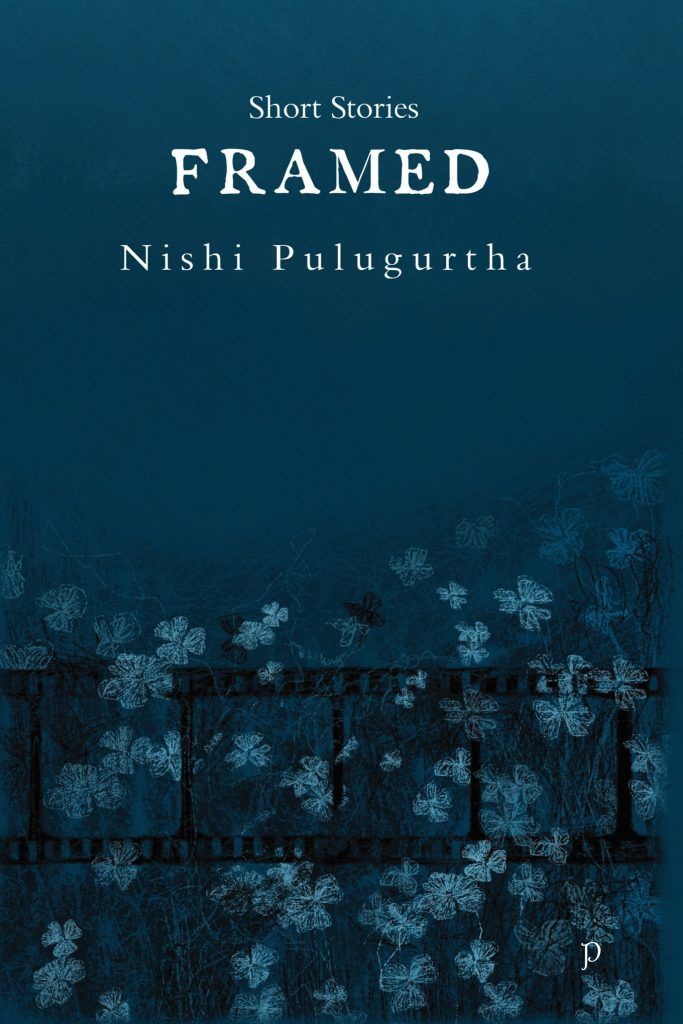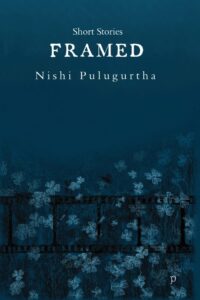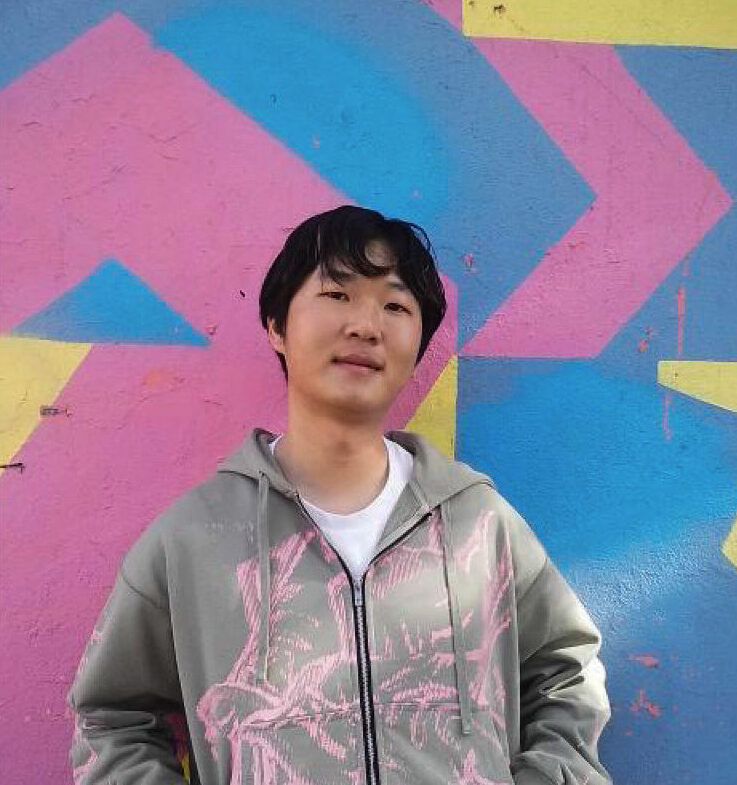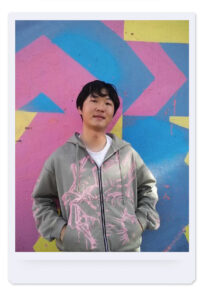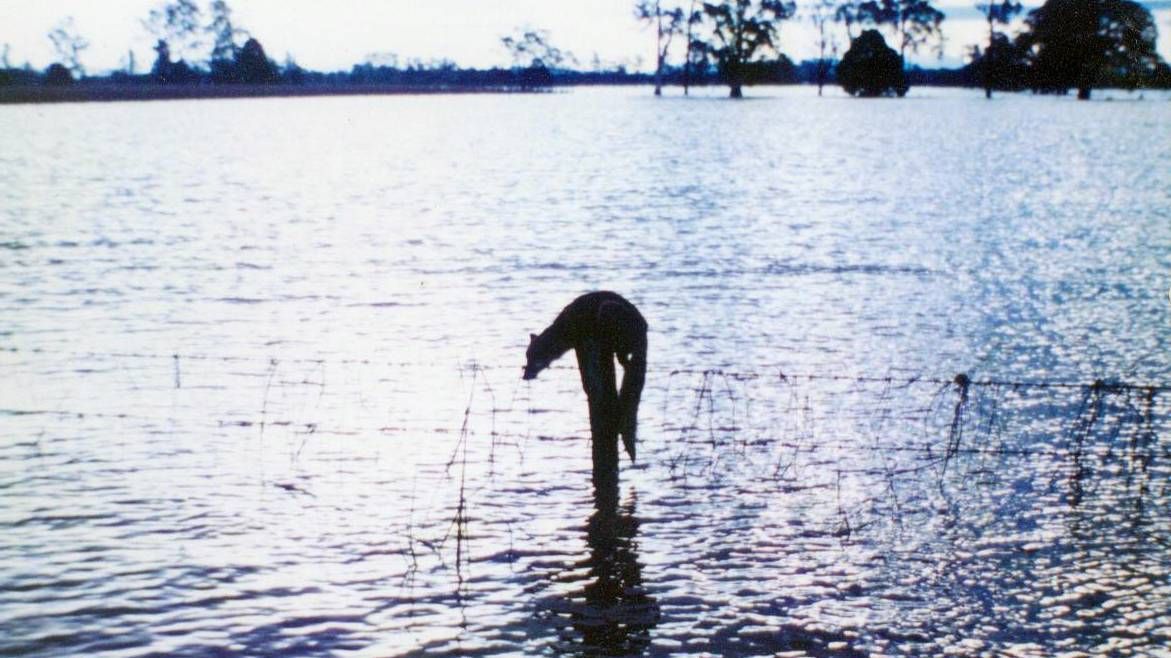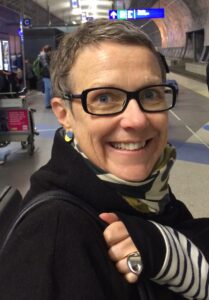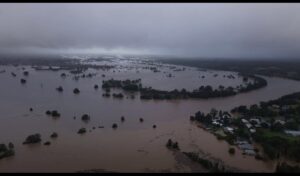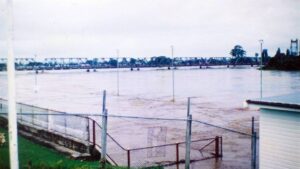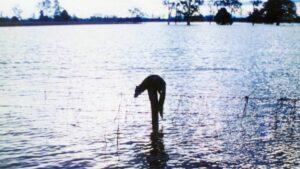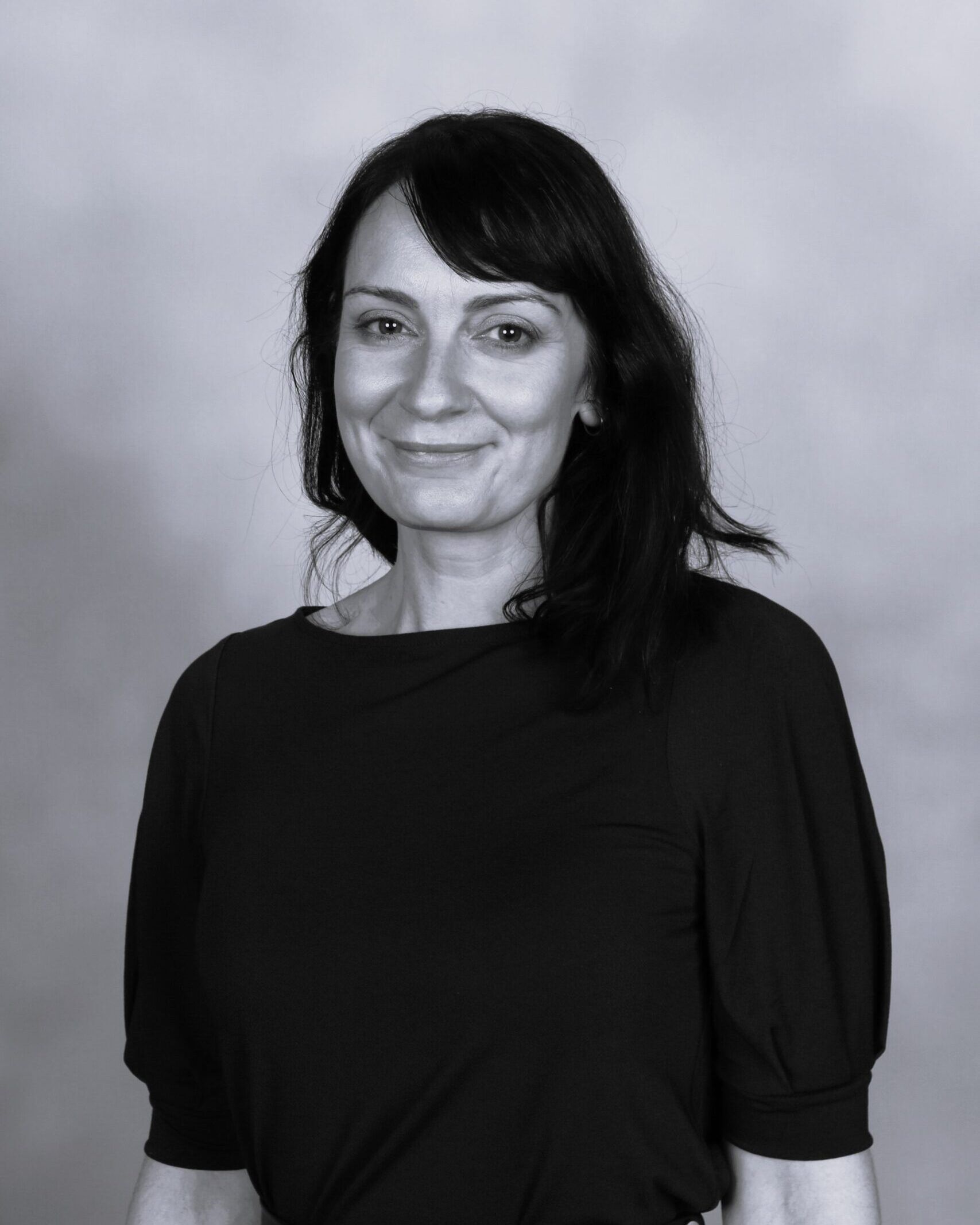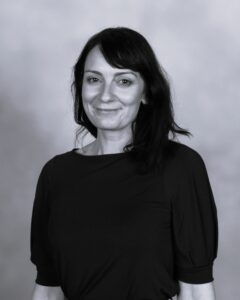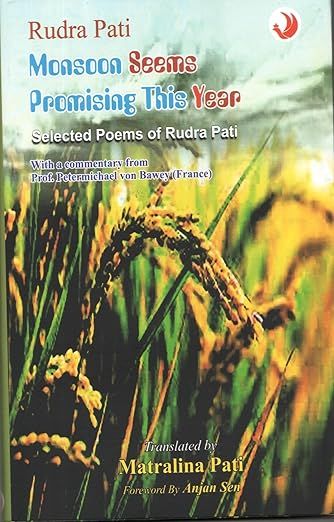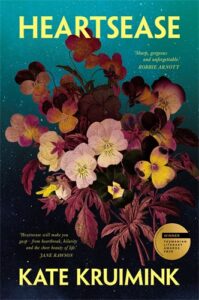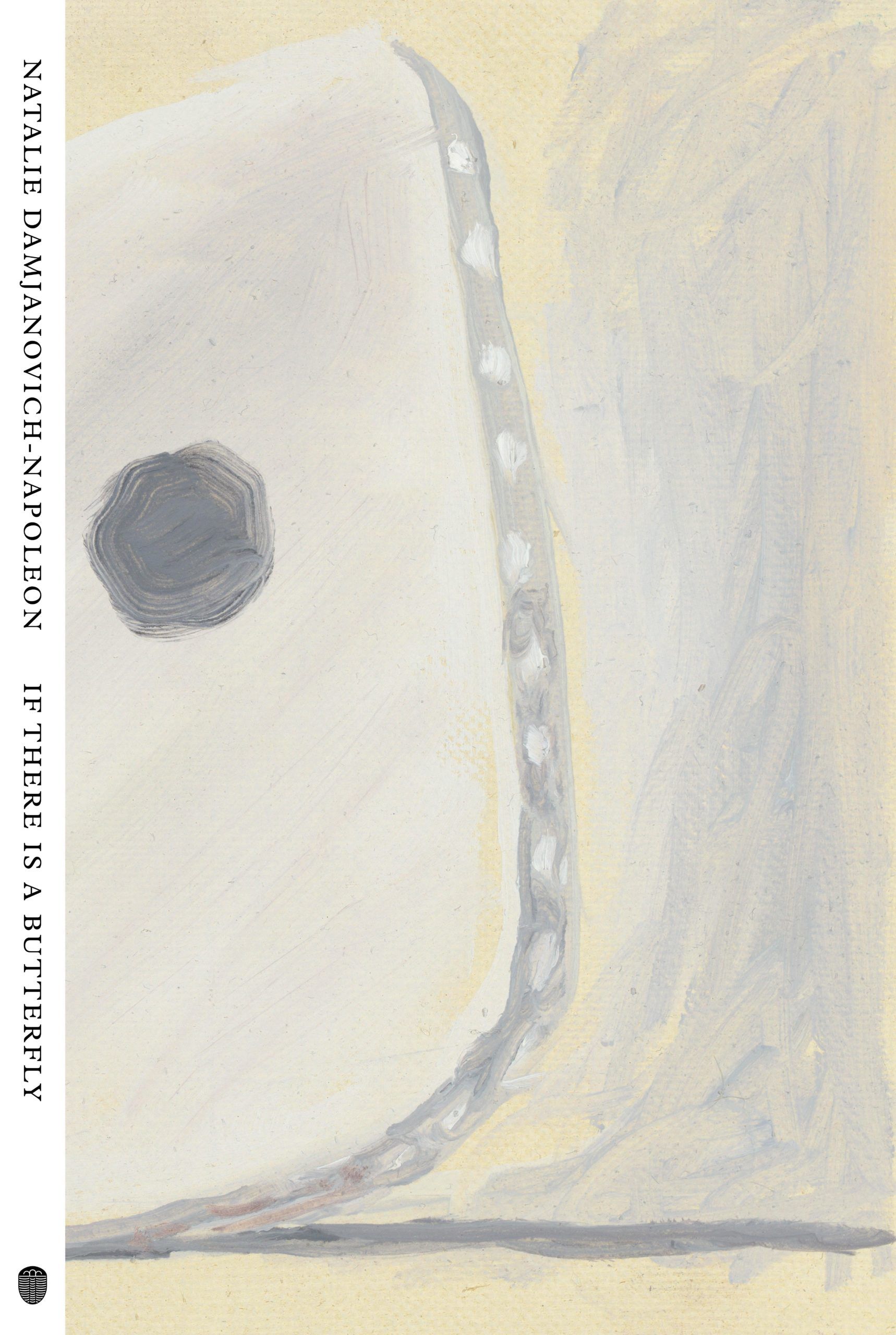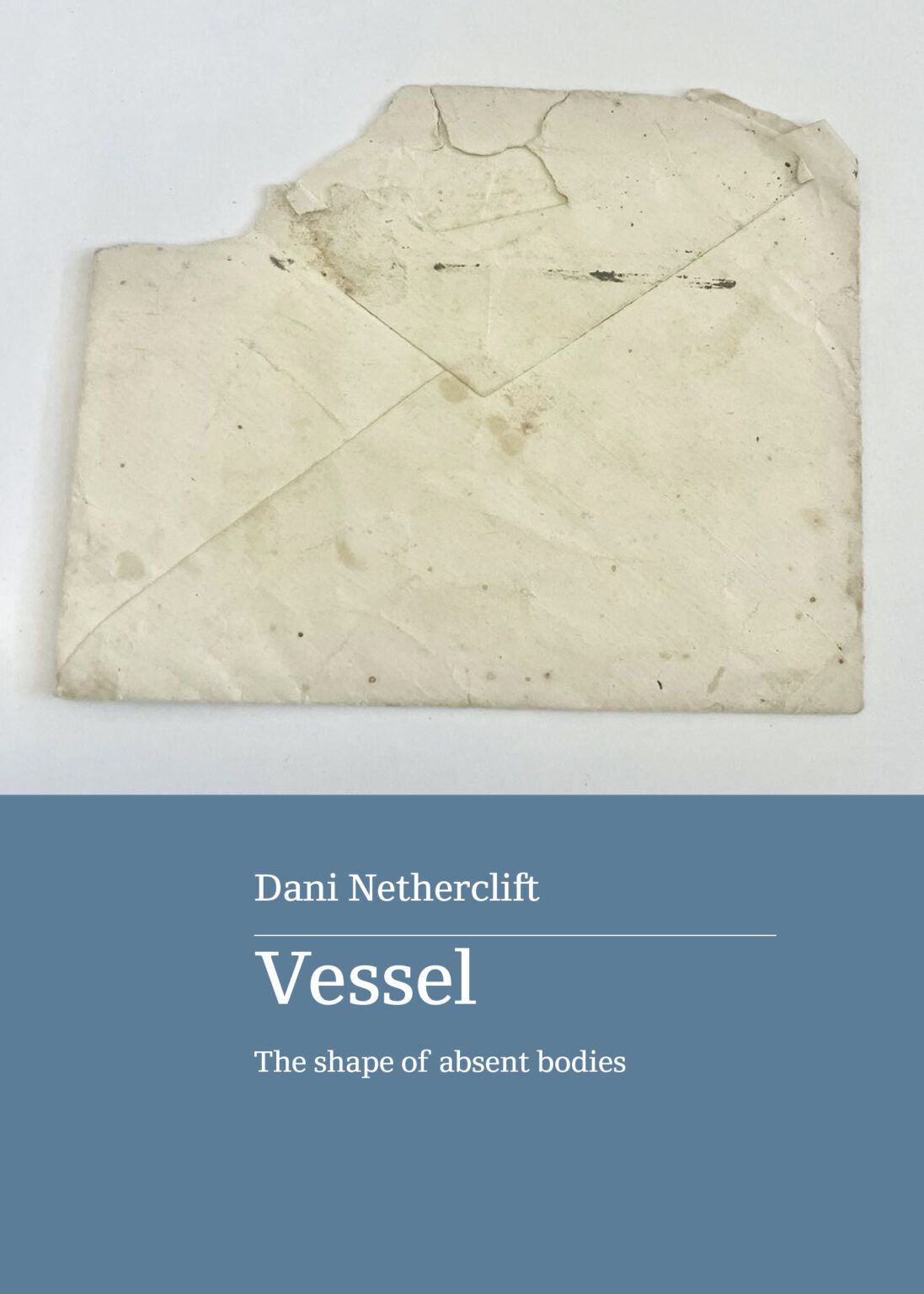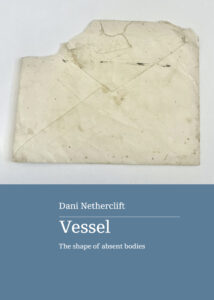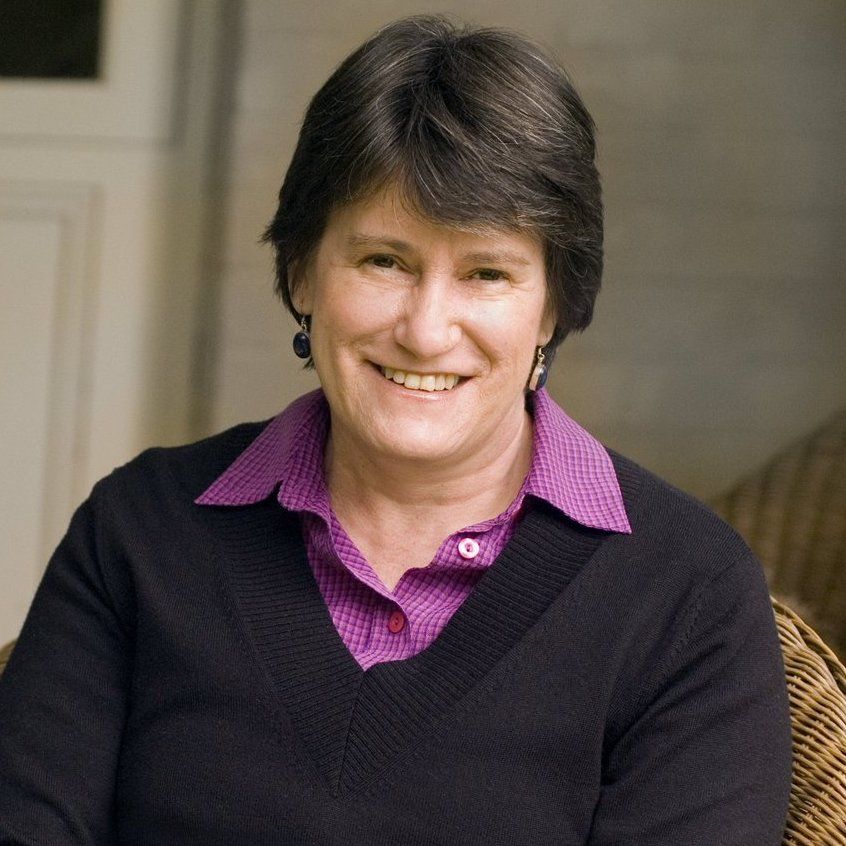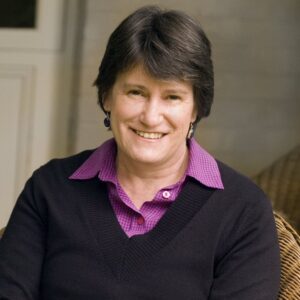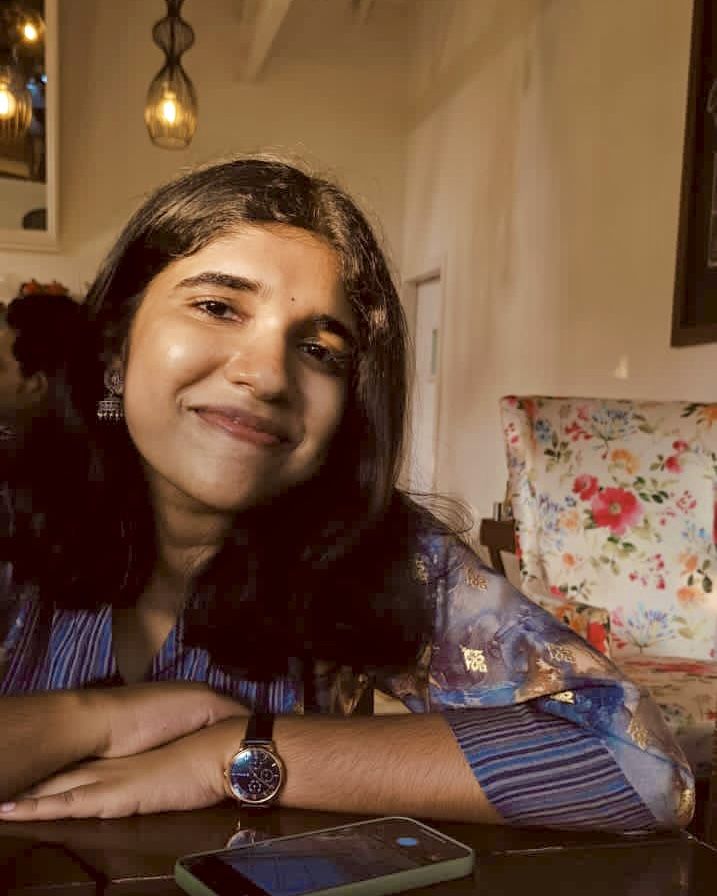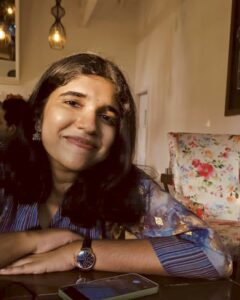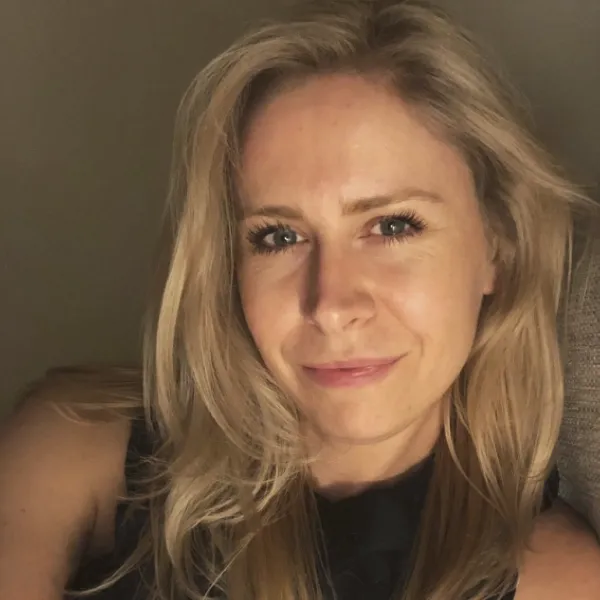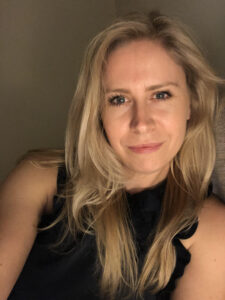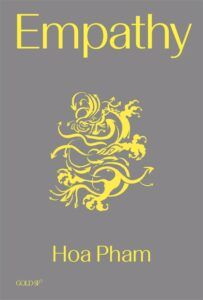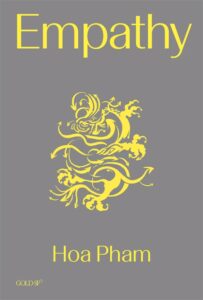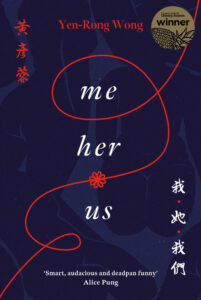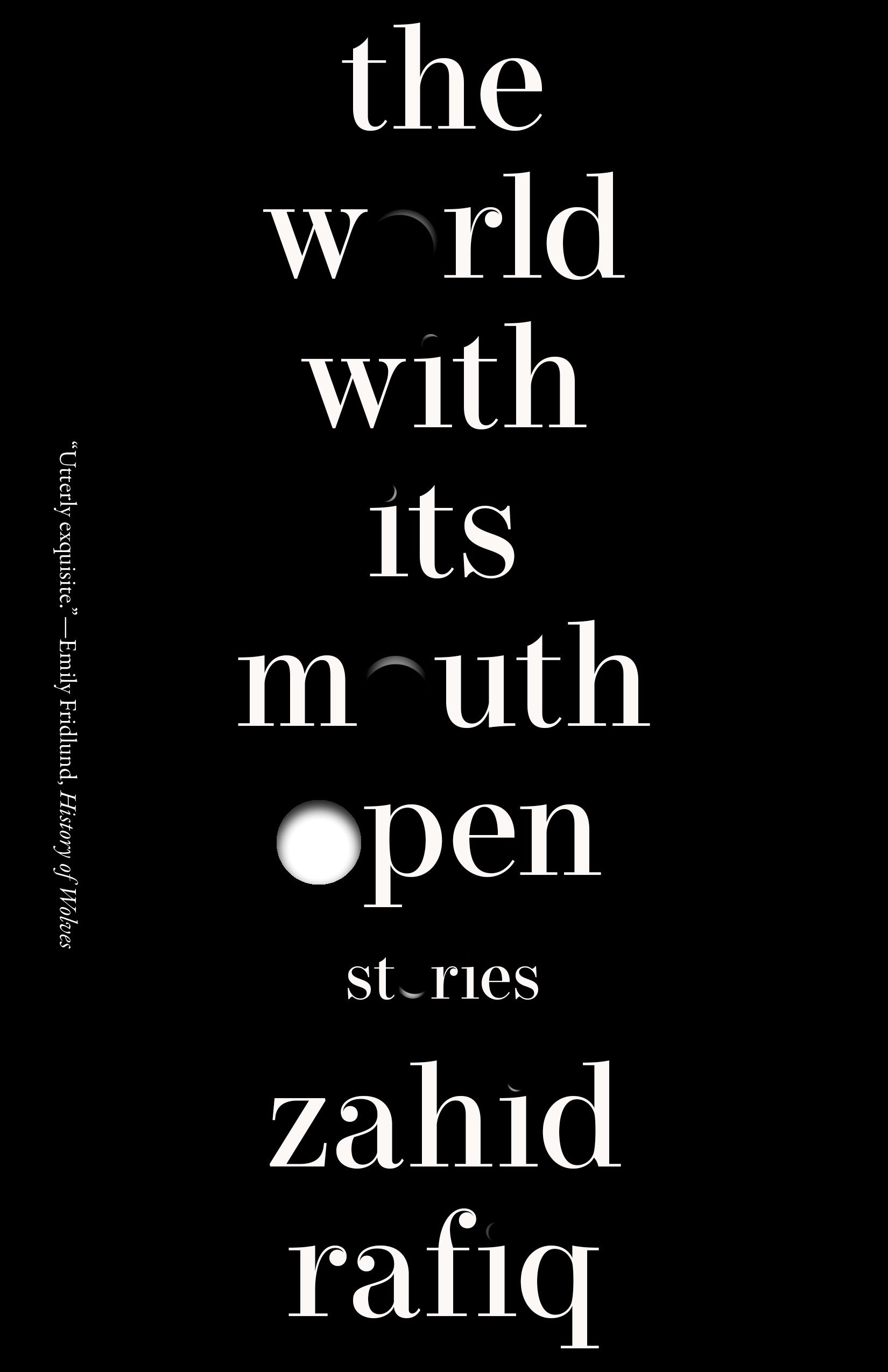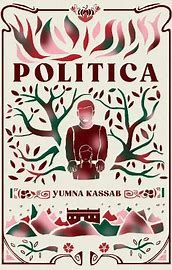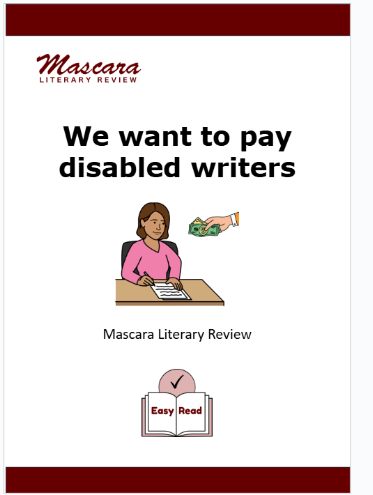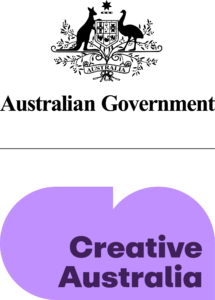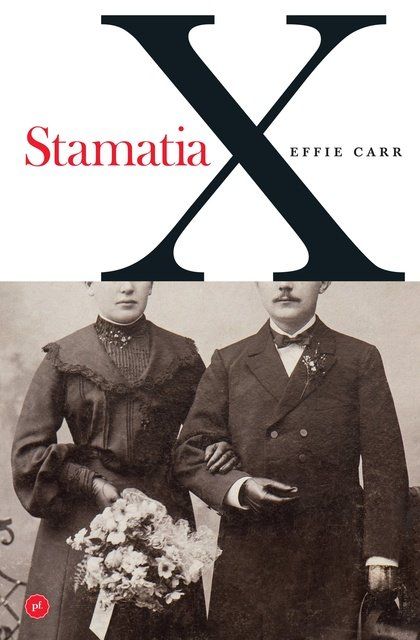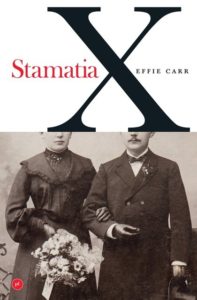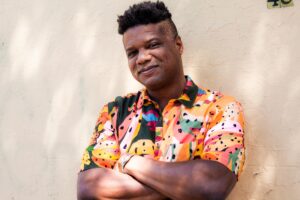 Guido Melo is an Afro-Brazilian-Latinx Post Graduate Research Candidate at Victoria University in Naarm (Melbourne). He is also the Vice President of the African Studies Group at Melbourne University. He holds positions as a board member of the Incubate Foundation. He is a Multilingual author, and his words can be found in Australia in Meanjin Quarterly, Kill Your Darlings, Peril Magazine, Colournary Magazine, ABC, Mantissa Poetry, Ascension Magazine, SBS Voices, SBS Portuguese, Overland Magazine, Cordite Poetry Review and Voz Limpia Poesia. He writes for Africa is a Country Magazine. In Brazil Guido writers in portuguese for Negrê, Alma Preta Journalism. Guido is a contributor to books such as Growing Up African in Australia (Black Inc., 2019), Racism: Stories on Fear, Hate & Bigotry (Sweatshop, 2021), Resilience: a celebration of poetry, fiction, and essays from Mascara Literary Review (Ultimo Press, 2022), Povo (Sweatshop, The Routledge Handbook of Media Education Futures Post-Pandemic (Routledge, 2022) and The Handbook of Critical Whiteness | Deconstructing Dominant Discourses Across Disciplines (Springer, 2023).
Guido Melo is an Afro-Brazilian-Latinx Post Graduate Research Candidate at Victoria University in Naarm (Melbourne). He is also the Vice President of the African Studies Group at Melbourne University. He holds positions as a board member of the Incubate Foundation. He is a Multilingual author, and his words can be found in Australia in Meanjin Quarterly, Kill Your Darlings, Peril Magazine, Colournary Magazine, ABC, Mantissa Poetry, Ascension Magazine, SBS Voices, SBS Portuguese, Overland Magazine, Cordite Poetry Review and Voz Limpia Poesia. He writes for Africa is a Country Magazine. In Brazil Guido writers in portuguese for Negrê, Alma Preta Journalism. Guido is a contributor to books such as Growing Up African in Australia (Black Inc., 2019), Racism: Stories on Fear, Hate & Bigotry (Sweatshop, 2021), Resilience: a celebration of poetry, fiction, and essays from Mascara Literary Review (Ultimo Press, 2022), Povo (Sweatshop, The Routledge Handbook of Media Education Futures Post-Pandemic (Routledge, 2022) and The Handbook of Critical Whiteness | Deconstructing Dominant Discourses Across Disciplines (Springer, 2023).
I am keeping the Franco Cozzo
The glimmer of yellow sunlight rushes, across my window, moving towards the west as the sun sluggishly travels away in the direction of another hemisphere. Like a truck without breaks, the evening is fast approaching, running over everything in front of her. I am sitting on a comfortable, feather filled, white couch in the centre of the living room in my new leafy, west-facing Windsor apartment. As I press the play button on my small silver Sony stereo remote control, the crescendo of the ethereal airy melody of the flute gently rises on tones of mi & sol, in this tropical fado titled: Trocando em Miudos (‘Trading in Smallness’).
The quivering, almost hoarse male vocals are introduced as the song impregnates the room… the solo of the piano then initiates. Then his voice begins to sing. The lyrics of this Brazilian ballad courageously attempt to dissect in small detail how a divorce’s final act occurs.
The scene, constructed and played in the song, takes place in an imaginary living room where two people (a man and his partner) discuss how they reached this final point in their relationship where, separation is, unfortunately, inevitable. In his broken voice, he narrates this painful-to-listen monologue, in which he sings the entire song, verging on tears. It is hard to know for sure if he was interpreting it or if he was actually feeling pain when he recorded the melody—throughout the track, the gloomy mood swings between triumph, advice, and believable passionate rage.
The protagonist is sharing the last moments of his relationship, in what seems to be a passive aggressive somewhat heated showdown… where both characters are concluding the closing aspects of their separation. They are both, awkwardly, deciding who will keep what. As the song progresses, they go through item by item until when, eventually, his final physical departure from the dwelling will conclude. The dirty laundry is in public, and we, the listeners, are dragged into this messy, supposedly private, embarrassing situation, leaving even the most assertive and well-resolved of us thinking and wondering, what if it was me?
As the song title states, “Trading in Smallness” is an accurate picture of many divorces… a timeless depiction of a breakage, a familiar feeling for an ever-increasing number of us. As the song continues, the singer gives advice, suggestions, and apologies for all the misdeeds that led the couple to that dreadful moment. I can feel my pulse increasing as I listen to the music; something is disturbing in the lyrics, for there are no heroes to stand behind. There are no sides to take.
Throughout the one hundred and fifty-one seconds that the song lasts, you can hear a degree of bitterness that can be tasted, resembling when you drink an old wine that has passed its heydays and metamorphosed into vinegar.
In another section, he apologises for the broken promises he made and could not keep. I often think that promises are alive creatures born broken. Their fate is to fracture. Doomed to succumb. Nonetheless, we insist on making them.
Towards the end, in one of its lines, the chanson goes like this: “Devolva o Neruda que voce me tomou… e nunca leu” – which roughly translates to “Give me back my Neruda [book]… because you never read it anyway…” The protagonist moves from almost crying to singing this part with a smile on the corner of his face (you can hear him scoffing). He interprets it with a chauvinistic arrogant air of superiority as if in between the lines, he says, “You didn’t even read the greatest poet of all time…. You did not deserve me anyhow”.
Mum and Dad’s Divorce
Growing up, this Brazilian song, composed and sung by Rio de Janeiro’s music legend Chico Buarque, was on rotation on my father’s 3 in 1 vinyl player. In all fairness, in my opinion, Buarque’s 1978 album is perfect, and I still listen to it to this day. It is full of sambas, batuques, and other ballads, yet, sitting in my new living room under Basquiat’s crown, none of the songs makes more sense today than this one.
In hindsight, however, I can see how my father was sending subtle (well, not so subtle) hints about what was to come. It should not have been a surprise for me then that he and my mother would, eventually, break the promises they made all those years ago at Salvador da Bahia’s famous Bomfim church. Despite five children and their original commitment to each other, my mum and dad, too, got divorced.
Researchers have shown that children of divorced parents are more likely to have socio-emotional, academic, and mental health concerns. In fact, we are 50% more likely to divorce ourselves than those children from intact families. So, of course, I was impacted, especially as the elder of five siblings. I was forced to step into my parent’s shoes and was, unwillingly, dragged into their separation. Besides all the home cleaning I had to do growing up and the babysitting of my younger siblings, I now had to face my parents in a court of law. They mercilessly placed on me, their eldest child, the cruel incumbrance of being a witness to their divorce.
Divorce Court
From that day in court, I have a faint memory. I have, unsurprisingly, blocked most of it, yet I remember arriving at the law court in Rio de Janeiro, the tropical heat, and the cloudy (or at least all looked stormy in my head), humid grey day. I spent most of the time looking at the dusty wooden floorboards. I recall alternating between looking down to the ground or looking up at the white ceiling full of spiderwebs. Above me, an old silver rusty metal fan squeaked, producing no wind at all, even though, all the while, like Sisyphus, it slowly turned. My still in development brain, was running my neurons on the speed of light, trying to find an answer to this one question: how can I escape this situation?
Once again, alike to the fictional divorce in Buarque’s song, in this one, there were no heroes to stand behind. There were no sides to take.
My name got called and I was conducted by a police officer. I was placed on an old wooden chair facing my parents, folk present in there, and the court’s Judge. As I sat on the witness stand, I was instantly told by the grey-haired pale Judge: ‘If you lie, I can place you in prison for perjury”. Looking back, he probably read my fearful eyes. Even for a third-world kid living in a nation like Brazil, where things are rougher, this was not your average sixteen-year-old idea of a day.
I honestly don’t recollect much of what happened after that, but I remember one thing from that day. Once I left that place, I secretly promised myself that if I ever got married, I would never get divorced.
Melbourne
Very much in love, I arrived in Melbourne, Australia, in February 2003, just after Valentine’s Day. Those were the Victoria on the Move days. The place was exciting! The Hong Kong-born Australian businessman John So was the mayor of the City of Melbourne, and the Australian-born of Lebanese heritage, Steve Bracks, was the state’s premier. I remember my first AFL Anzac Day game and being impressed by a small blonde chap playing for Essendon (later, I would know his name was James Hird). I also recall the large number of cranes covering the skies all over the city.
The Melbourne many know today was being built. Northcote was cheap and unwanted by some, but it was already undergoing significant transformation. Fitzroy was artsy, trendy, and grungy. What is Richmond’s Ikea today was bushland (literally), and where now is the “new” South Yarra full of high-rises was all old warehouses. John Howard was on his third term in government as prime minister, and September 11th had just occurred a little over one year prior.
In those days, way before Google and smartphones, between trying to familiarise myself with my newfound home, I watched many TV shows trying to understand the ethos of the nation, shows like Neighbours (I could never really connect with Home and Away), The Secret Life of Us and many episodes of A Current Affair.
One day, however, casually flicking on the television, I saw it for the first time: The Franco Cozzo TV ad. It got imprinted in my mind straight away. I am unsure why I enjoyed it then. But I instantly loved it. Maybe it was because, like me, he had an accent, perhaps it was because the furniture just enamoured me, or maybe it was because he gave me hope that an immigrant could be successful in this land. If a Hong Kong man with Chinese heritage, a Lebanese descendant, and now a Sicilian Italian accented old guy can have a go in this place, why won’t I have a chance too? I thought.
Footscray
Either way, I remember the impulse to cross the town to visit his warehouse in “Foot-a-scray”. I promised I would buy something in there. So, one Saturday arvo, this is what we did. We venture to the west. When I got there, I instantly noticed the smell of naphthalene coming from the cupboards, the jam-packed baroque furniture, and the entourage of families of all ethnicities and walks of life pushing several generations together in one go. This was such a foreign vision to me, yet somehow so very familiar. It was all fascinating to watch. Sometimes in life, you know you are witnessing history happen in front of your eyes, if not collective, at least your own history; this was one of those moments. I wish I could tell you that I loved everything in there, but the truth is that those old European furniture styles did not fit my idea of modern living. My freshly built new pad located in St Kilda needed something cooler. His shop could not keep its TV ads’ promises of fantastic furniture (at least for my taste), so, in the end, after much effort to find something I would want, I left with a beautiful and over-elaborate wooden coat hanger because I did not want to leave empty-handed. It was too early in my new Australian life for me to break promises. I thought.
Over the years, however, the piece grew on me, and for anyone who ever visited my house, I would say, please use the coat hanger. “By the way, that is a Franco Cozzo coat hanger,” I would say with a smirk. As time passed, especially after the place closed down in 2018, fewer and fewer people knew or remembered the Melbourne icon and its significance for an entire generation of Melbournians.
Life continues, and years have passed. Kids came, houses got bigger, but spaces grew smaller. As the first year after the pandemic’s peak loomed towards its end, I, too, like my father before me, got divorced.
Promises are born broken.
I never wished for this to ever happen, but there I was. Faced with uncertainty and visiting old fears that are now surfacing as anew. As I left the high-ceiling townhouse that we spent decades paying a mortgage for, moving to a much smaller apartment in the nearby suburb, I (inevitably?) had my ‘Trading in Smallness’ moment. In that living room, almost detached from my body, we were deciding who would take the kids to gymnastics, who would keep the glassware, and the cutlery set , who would take the pillows…. which book would stay or go (all books came with me…. Well… except for Scar tissue by Anthony Kiedis because I never care to read it anyway)
Amongst this whirlwind that separation can place individuals, one thing was clandestinely on repeat in my mind, and when the time emanated, like a Freudian slip, it came out:
“I am keeping the Franco Cozzo”, I bust out viscerally, leaving no possibility for disagreements. In hindsight, lol…they did not want the old coat hanger anyway.
In cases of breakage like this, I am sure I am not alone; everyone likely has something they want to keep should they ever leave. Leaving can be subjective; it may be a shared house with your mates, a parents’ home or an ex-partnership gone south. Like the Australian frenzy for toilet paper in early 2020, things don’t have to make sense or be rational.
Sometimes, we just feel, and this is okay. Ultimately, when all is lost, we require some control even when it means nothing in the grand scheme of things.
In all fairness, my divorce was nothing like the song, and I think things were civilised…considering.
I kept the coat hanger and still show it to every visitor to my residence; in a way, the old piece of furniture reminds me of a Melbourne that is no more. It also reminds me of the possibilities for the future and the promises I still am to make and, inevitably, break.
The Franco Cozzo and his shop will live forever through his family, but it will also live through me and through everyone who owns a piece of his enchanted wonder place.
One day, however, when I am no more and the earth reconnects to me, the coat hanger may end up in an op shop somewhere or on a dump unrecognised, unloved, and discarded; until then, I promise: I am keeping the Franco Cozzo!
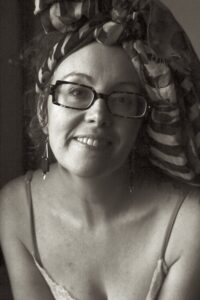 Amy Bodossian is an acclaimed cabaret spoken word icon and published poet known for her blend of whimsy, wit, and heartfelt storytelling. With appearances on ABC’s Spicks and Specks and Please Like Me, and performances at major festivals like Big Day Out and Woodford Folk Festival, she has earned awards such as the Green Room Award nomination, the Melbourne Spoken Word Convenor’s Choice Award and the SA Young Women Writers Award. Her latest show, In Bed with Amy & Friends, has enjoyed sold-out seasons at Melbourne Fringe, and the latest incarnation received a City of Melbourne Creative Arts Grant.
Amy Bodossian is an acclaimed cabaret spoken word icon and published poet known for her blend of whimsy, wit, and heartfelt storytelling. With appearances on ABC’s Spicks and Specks and Please Like Me, and performances at major festivals like Big Day Out and Woodford Folk Festival, she has earned awards such as the Green Room Award nomination, the Melbourne Spoken Word Convenor’s Choice Award and the SA Young Women Writers Award. Her latest show, In Bed with Amy & Friends, has enjoyed sold-out seasons at Melbourne Fringe, and the latest incarnation received a City of Melbourne Creative Arts Grant.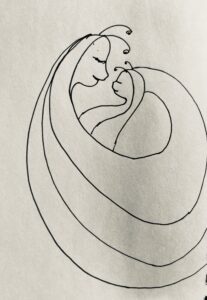 to the crackling ground
to the crackling ground